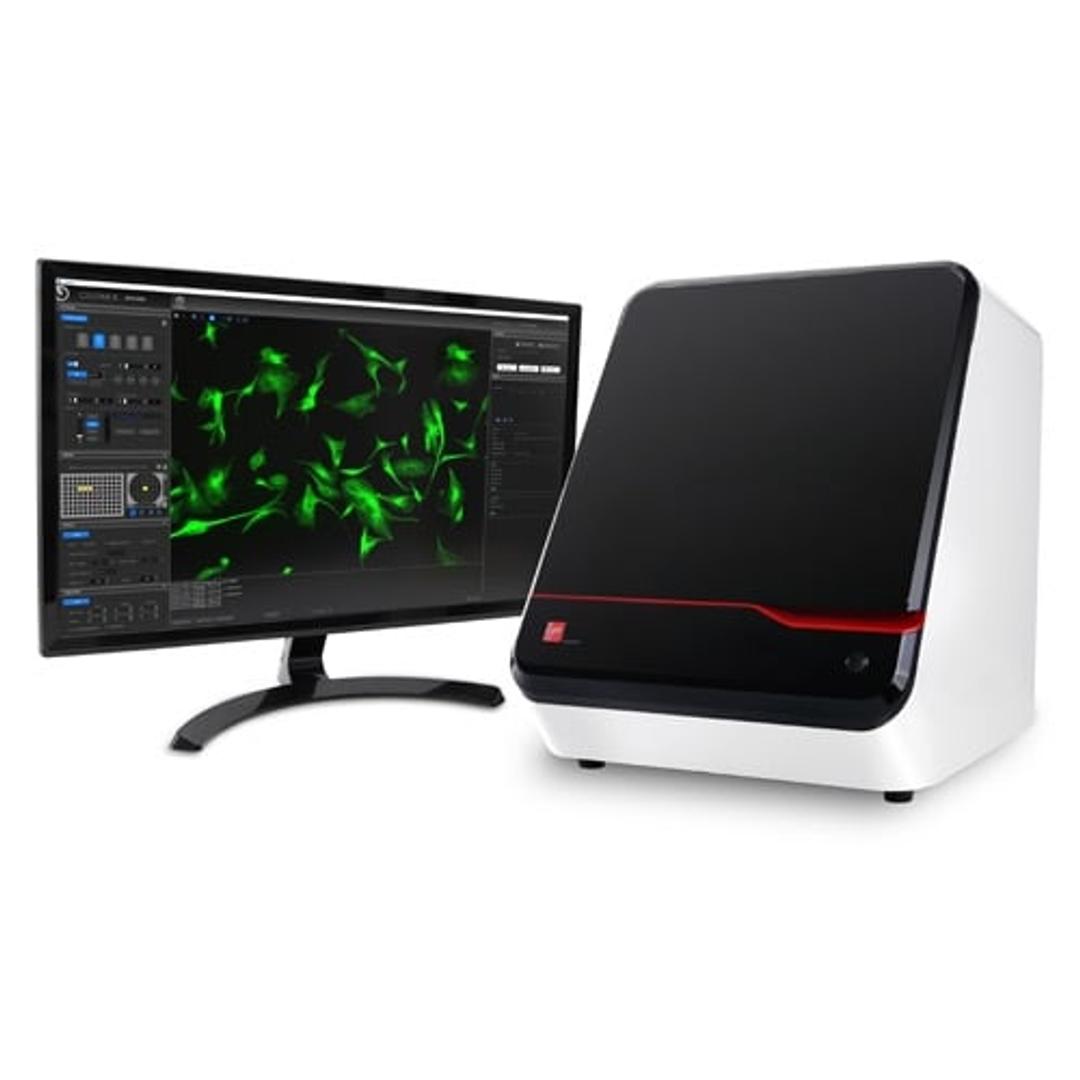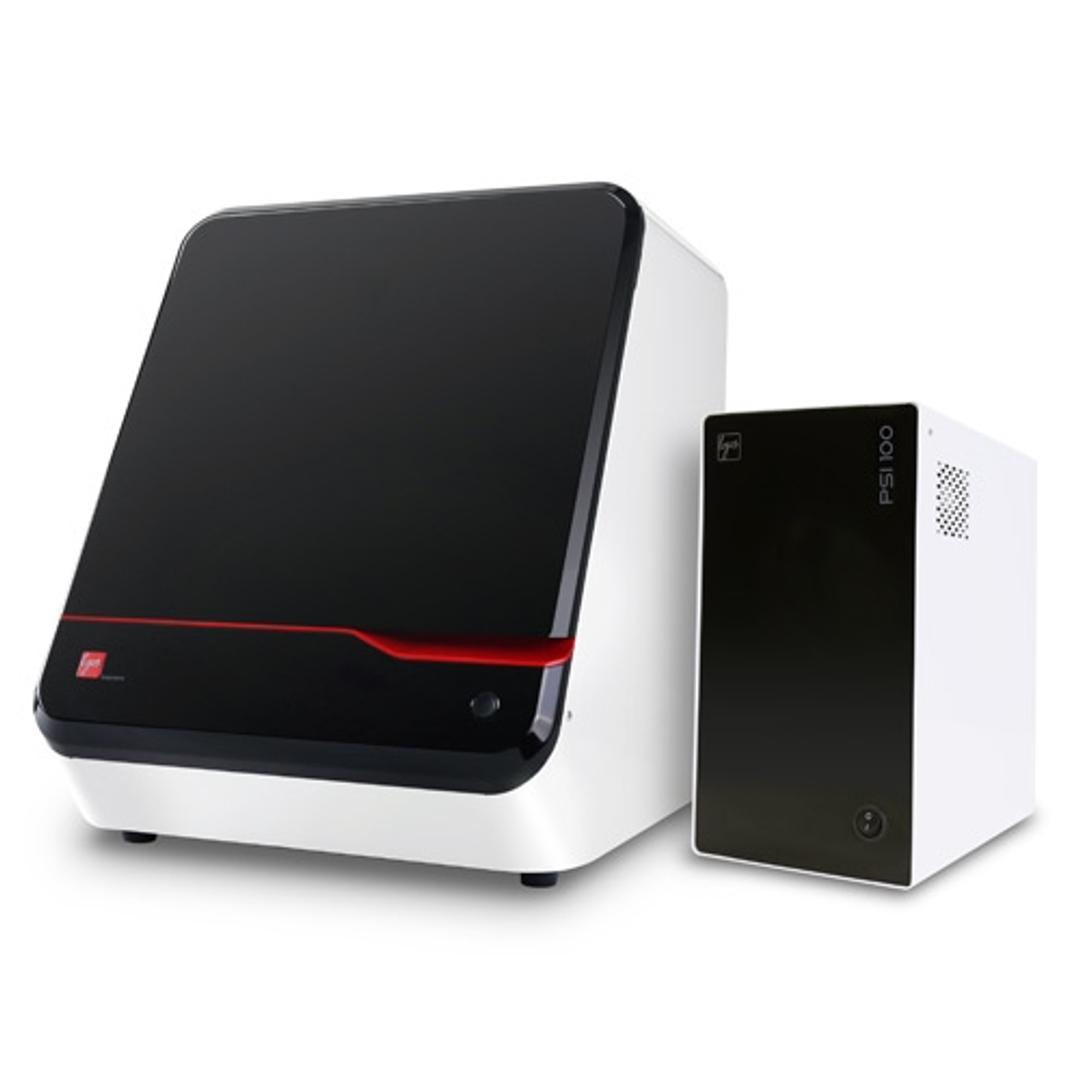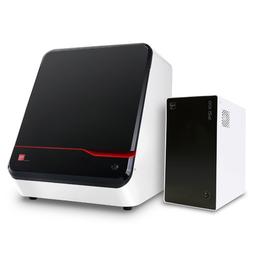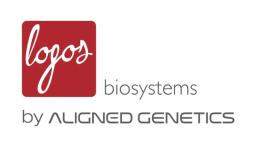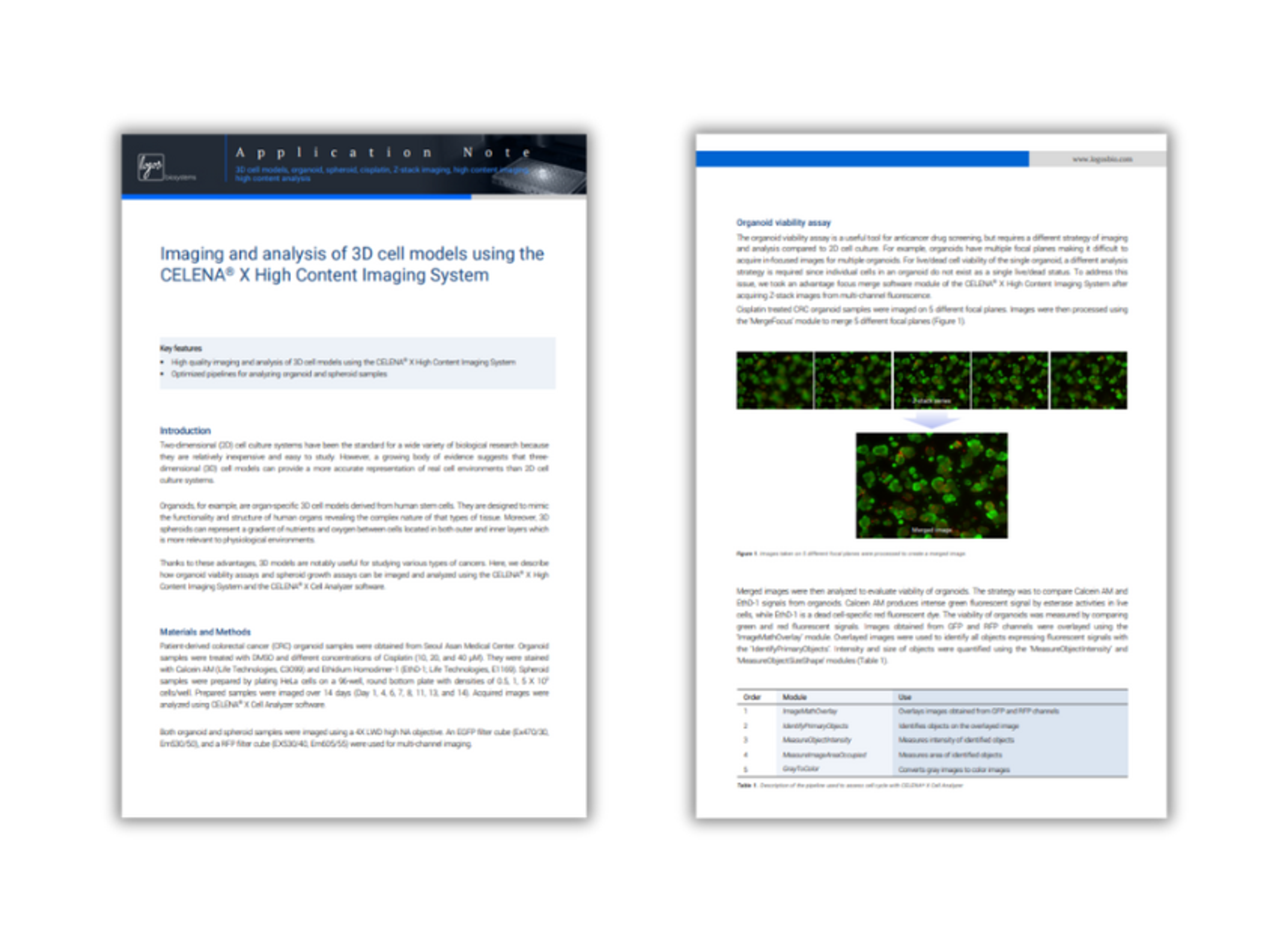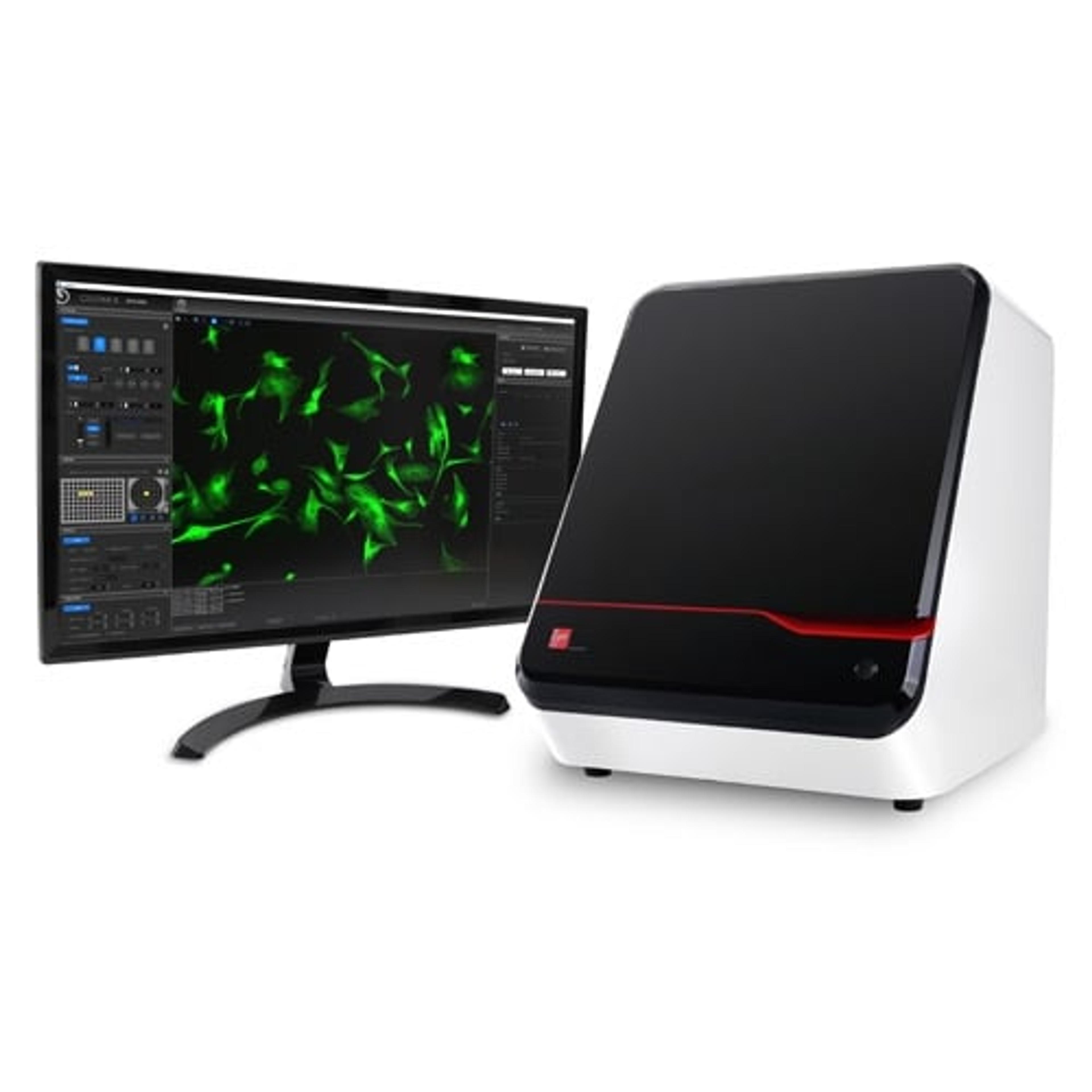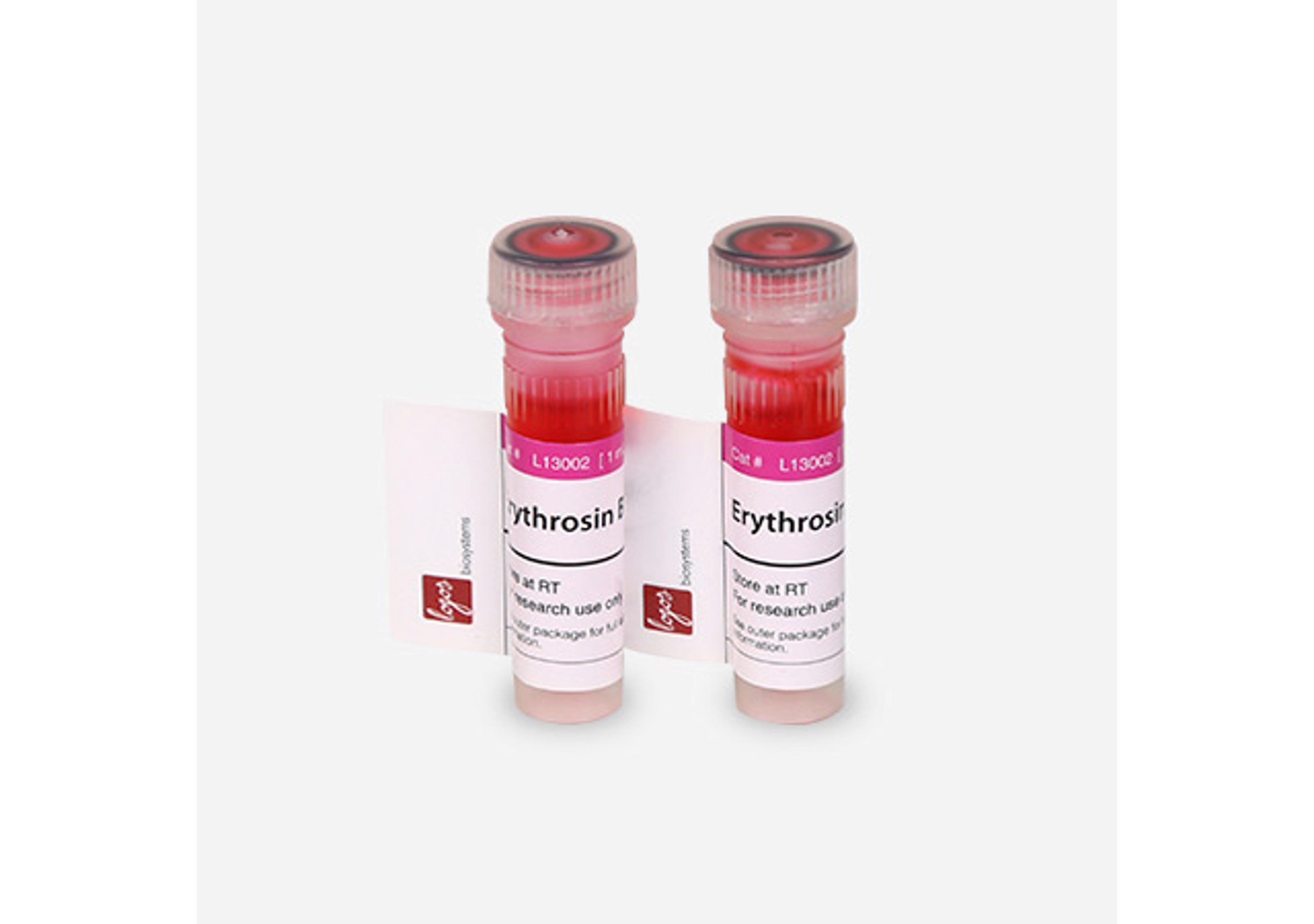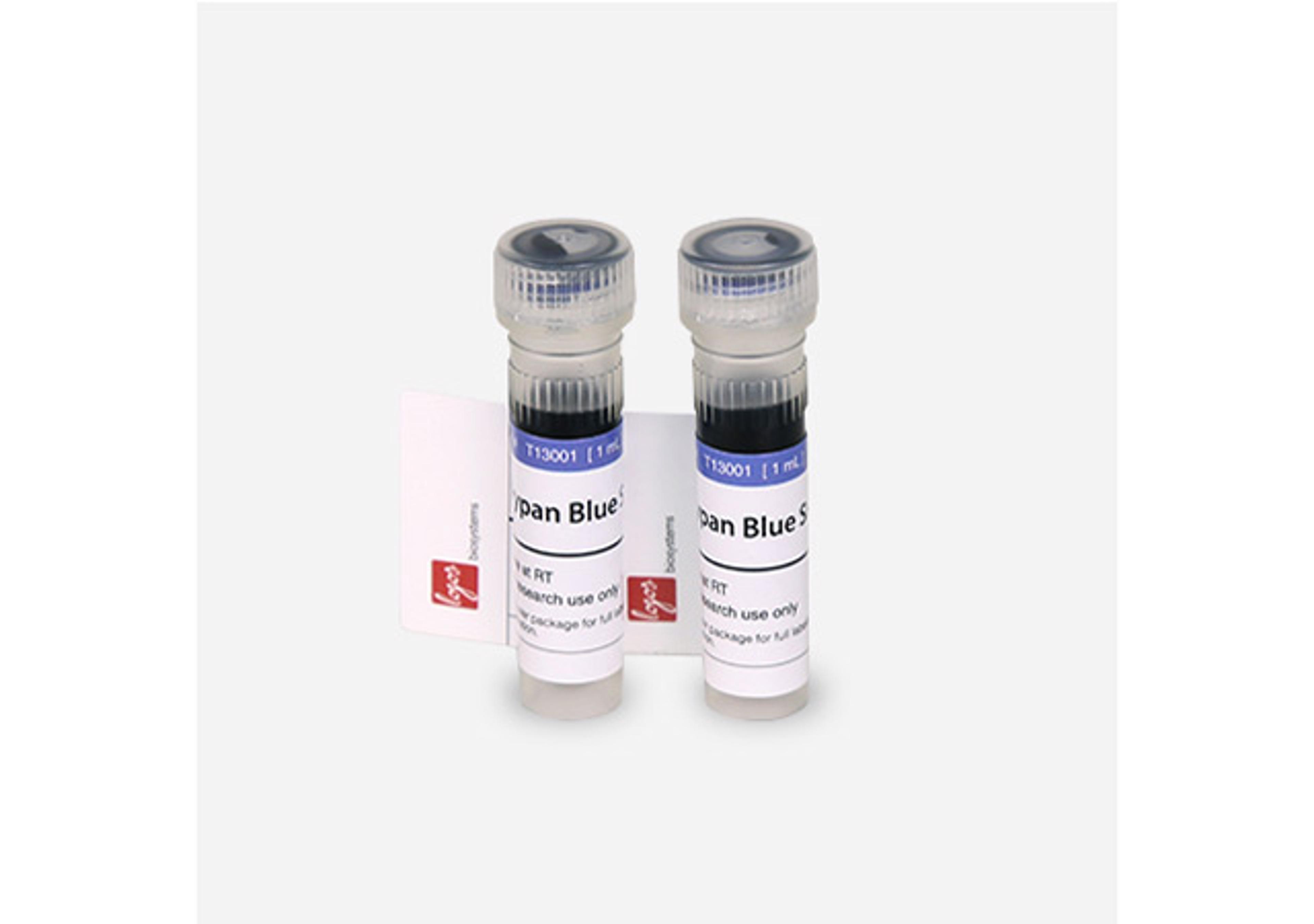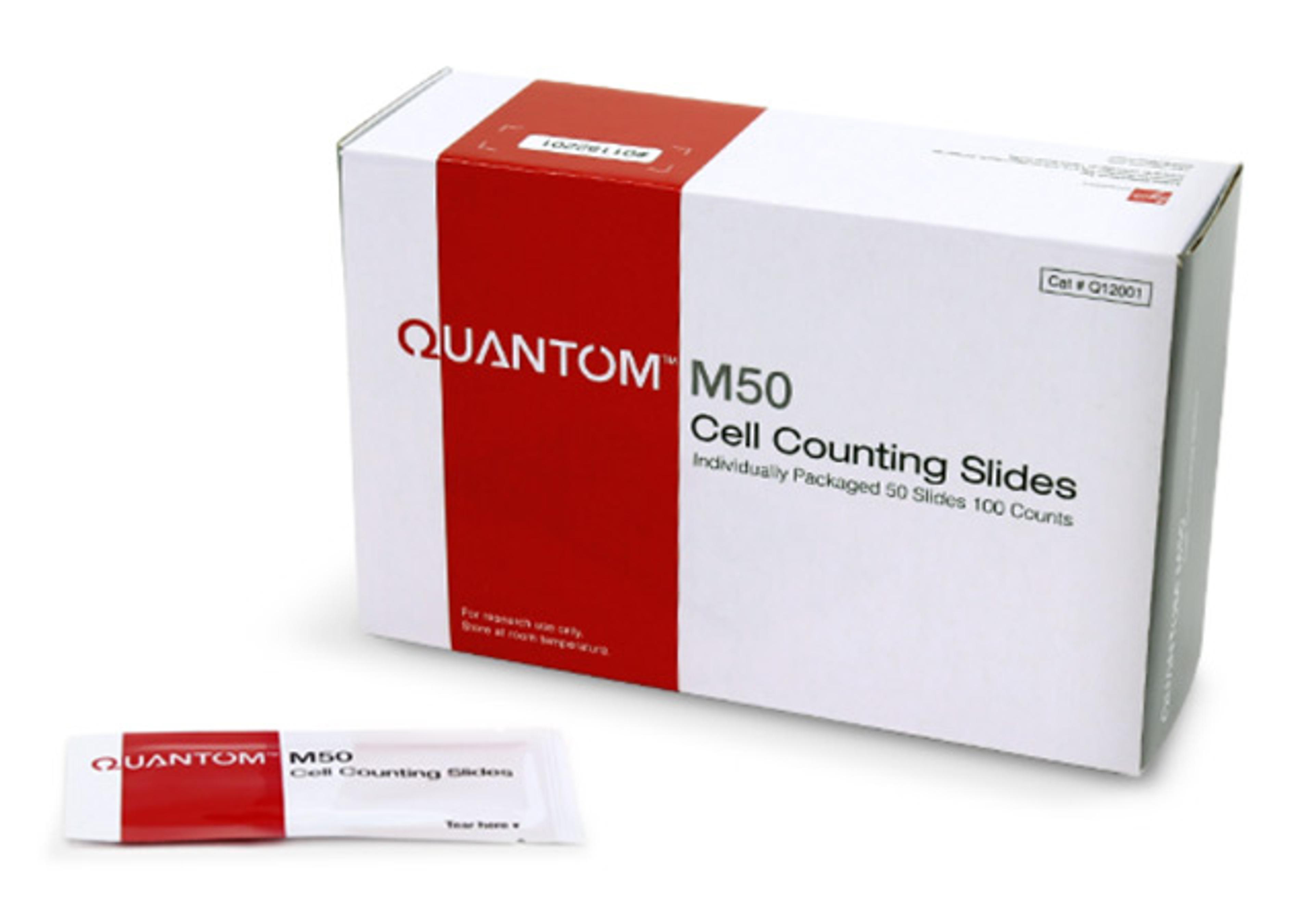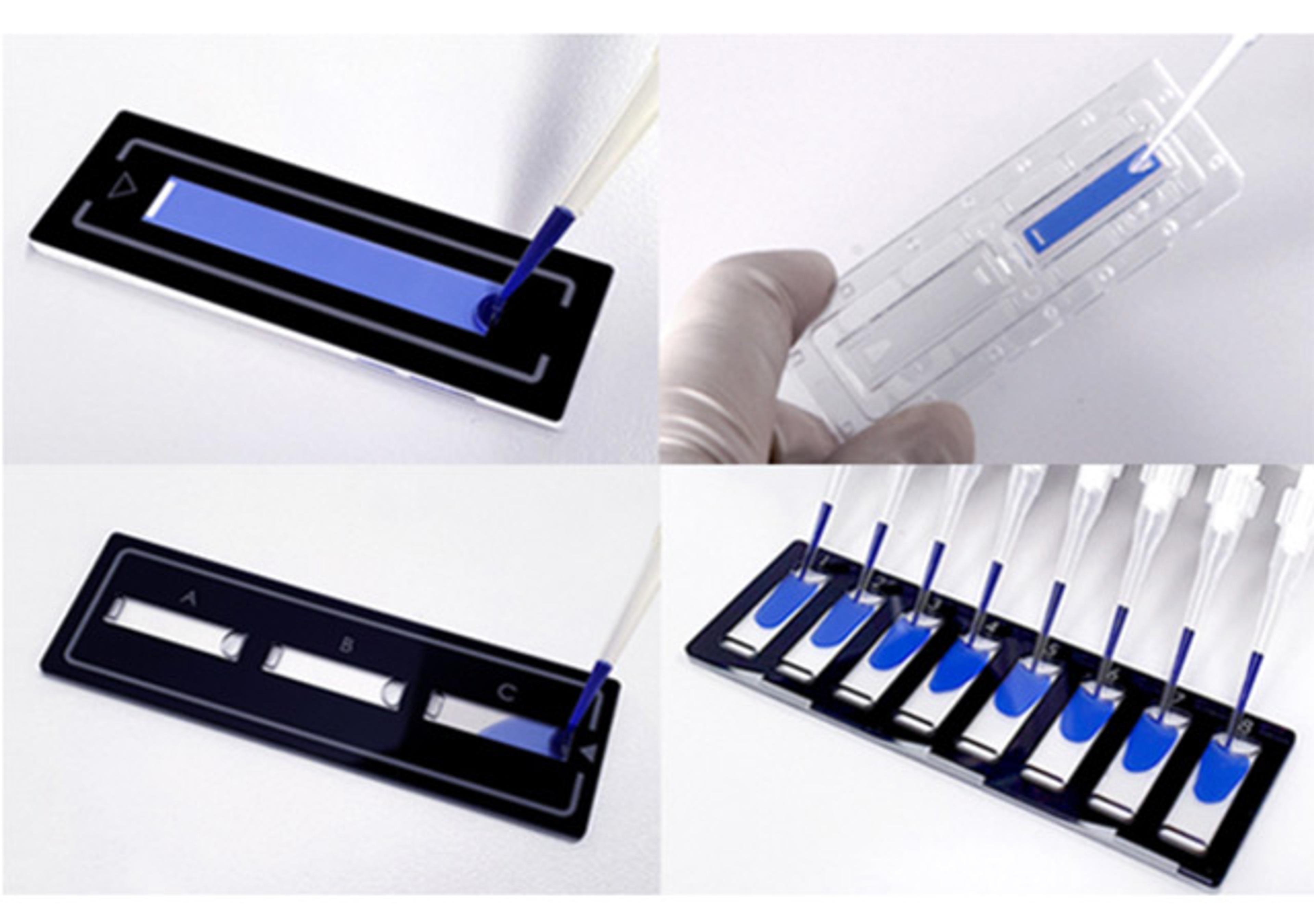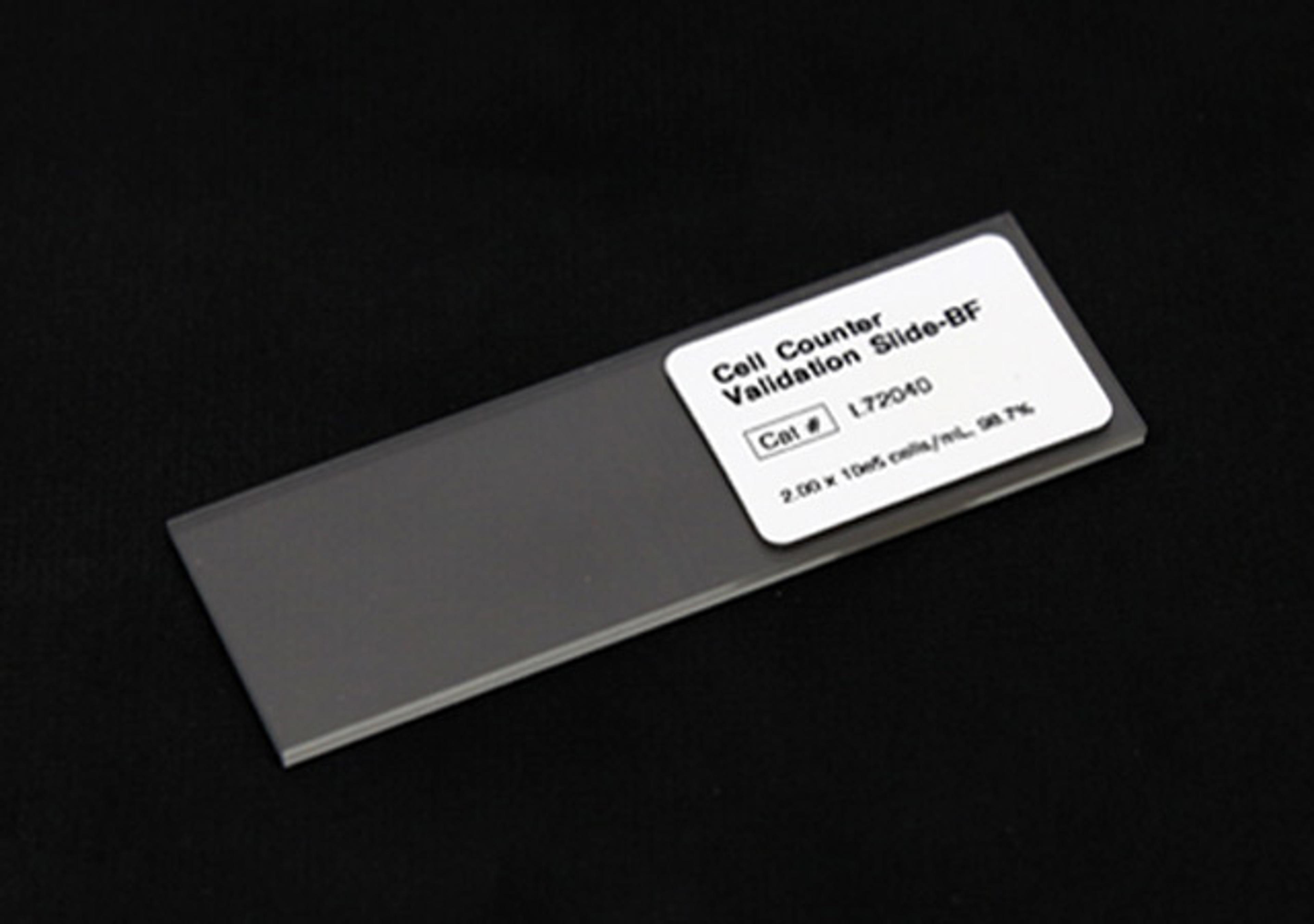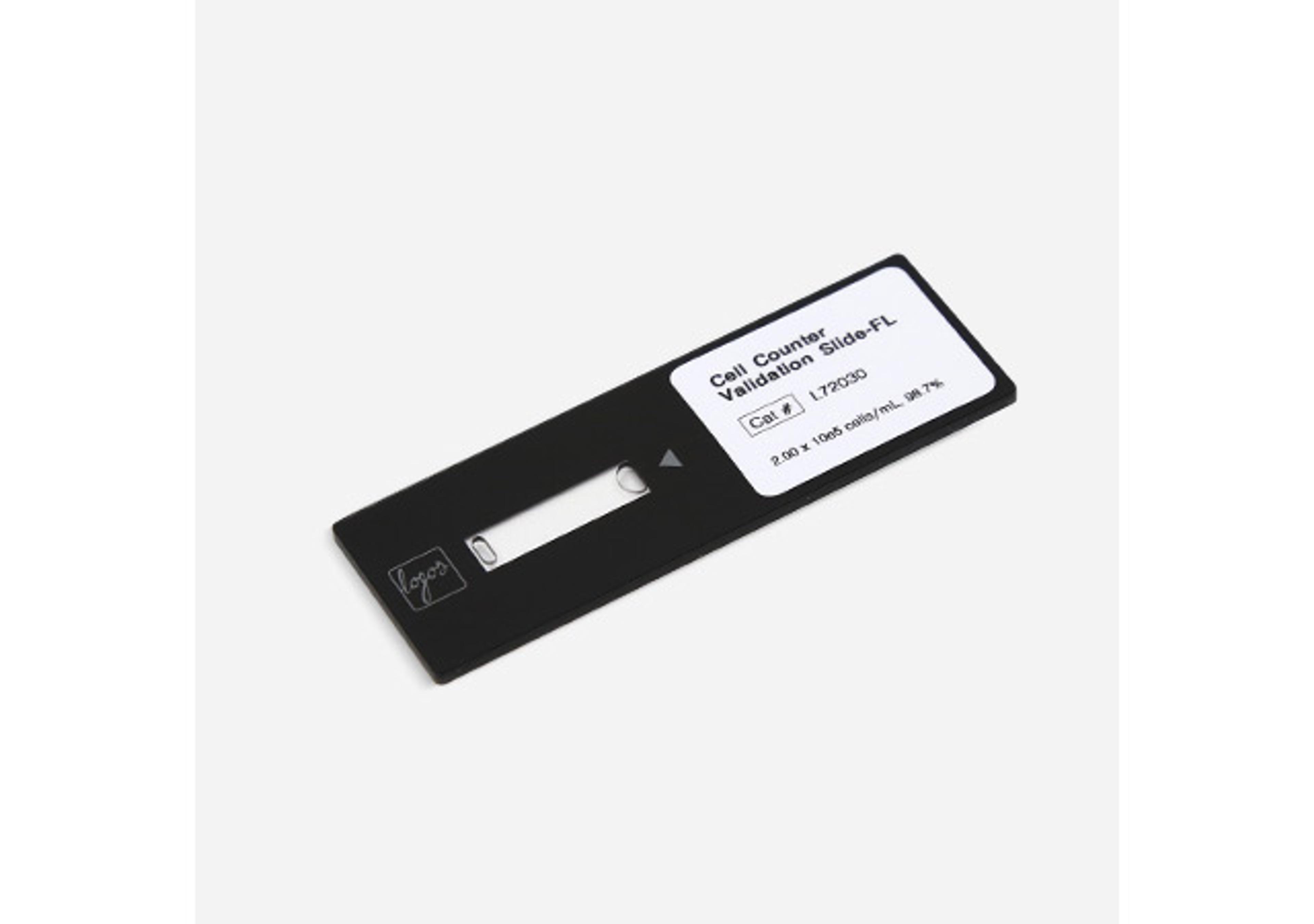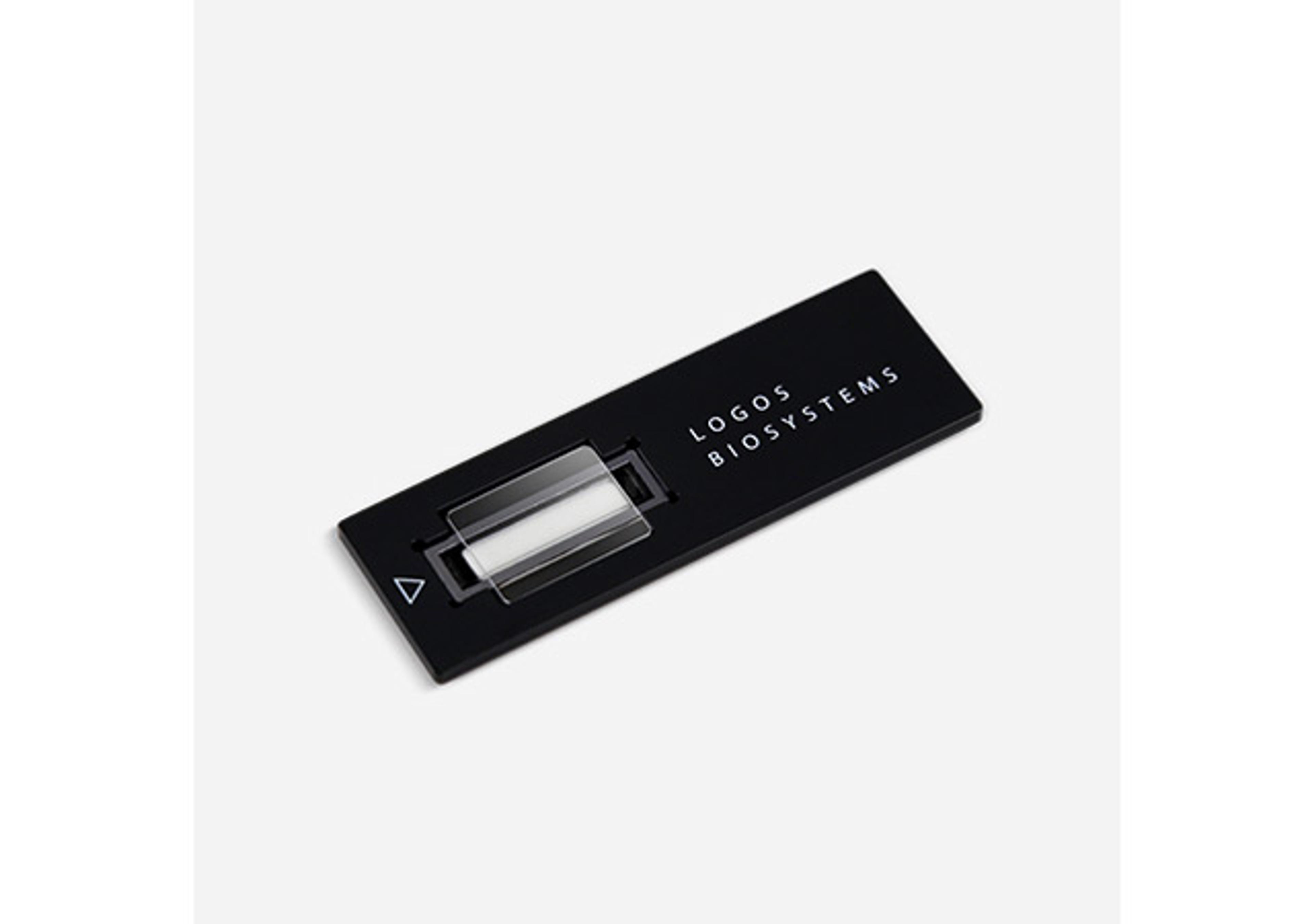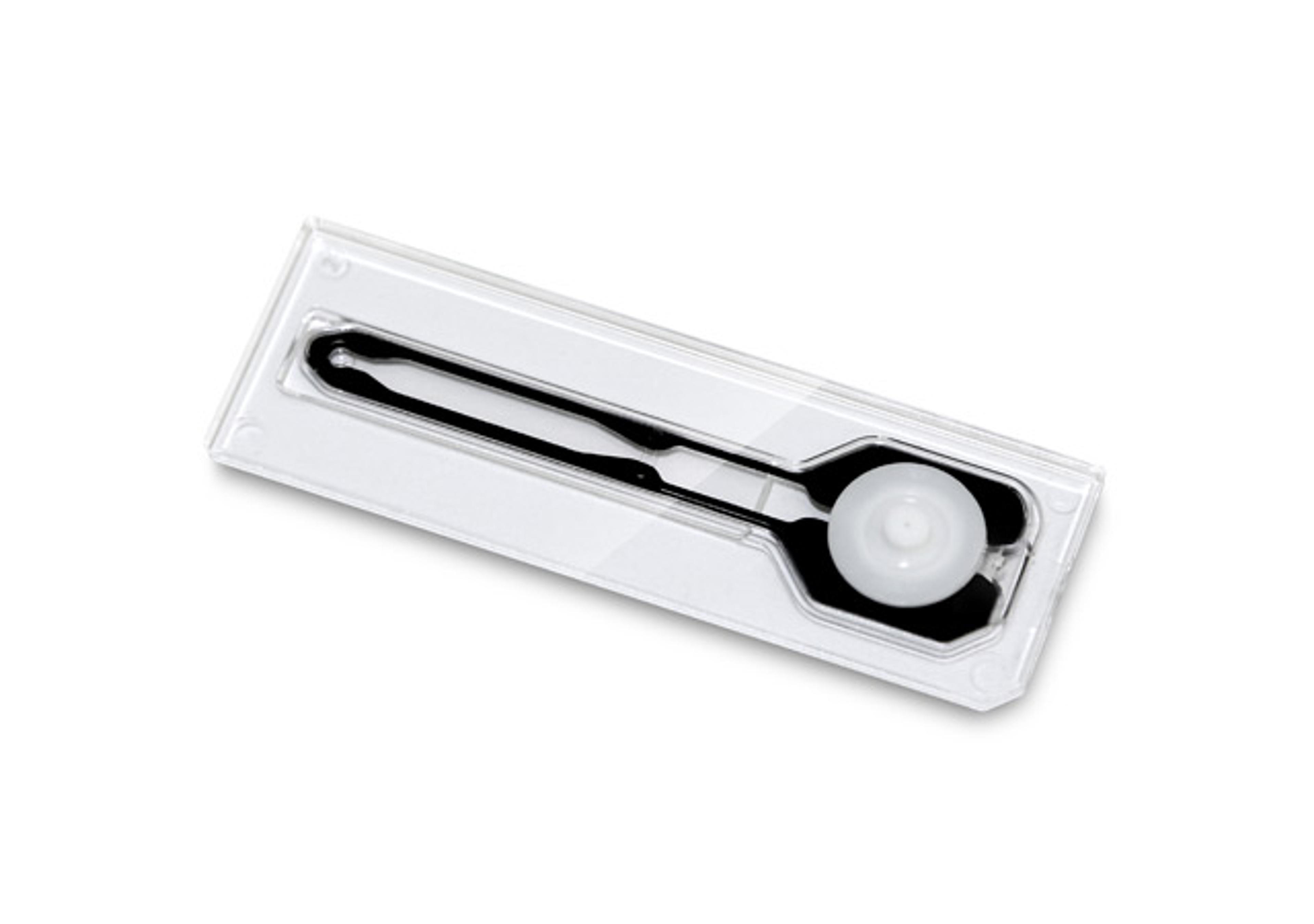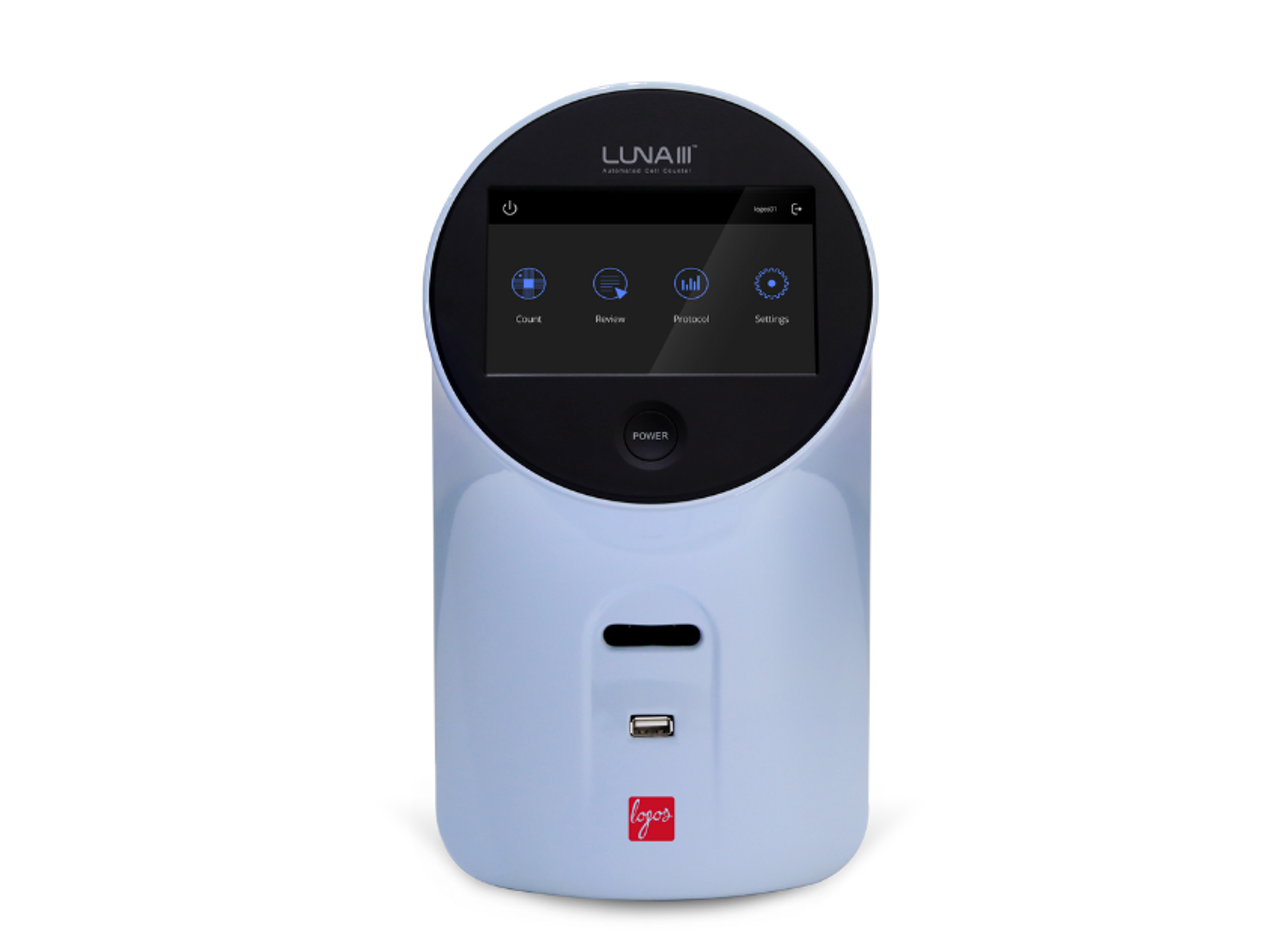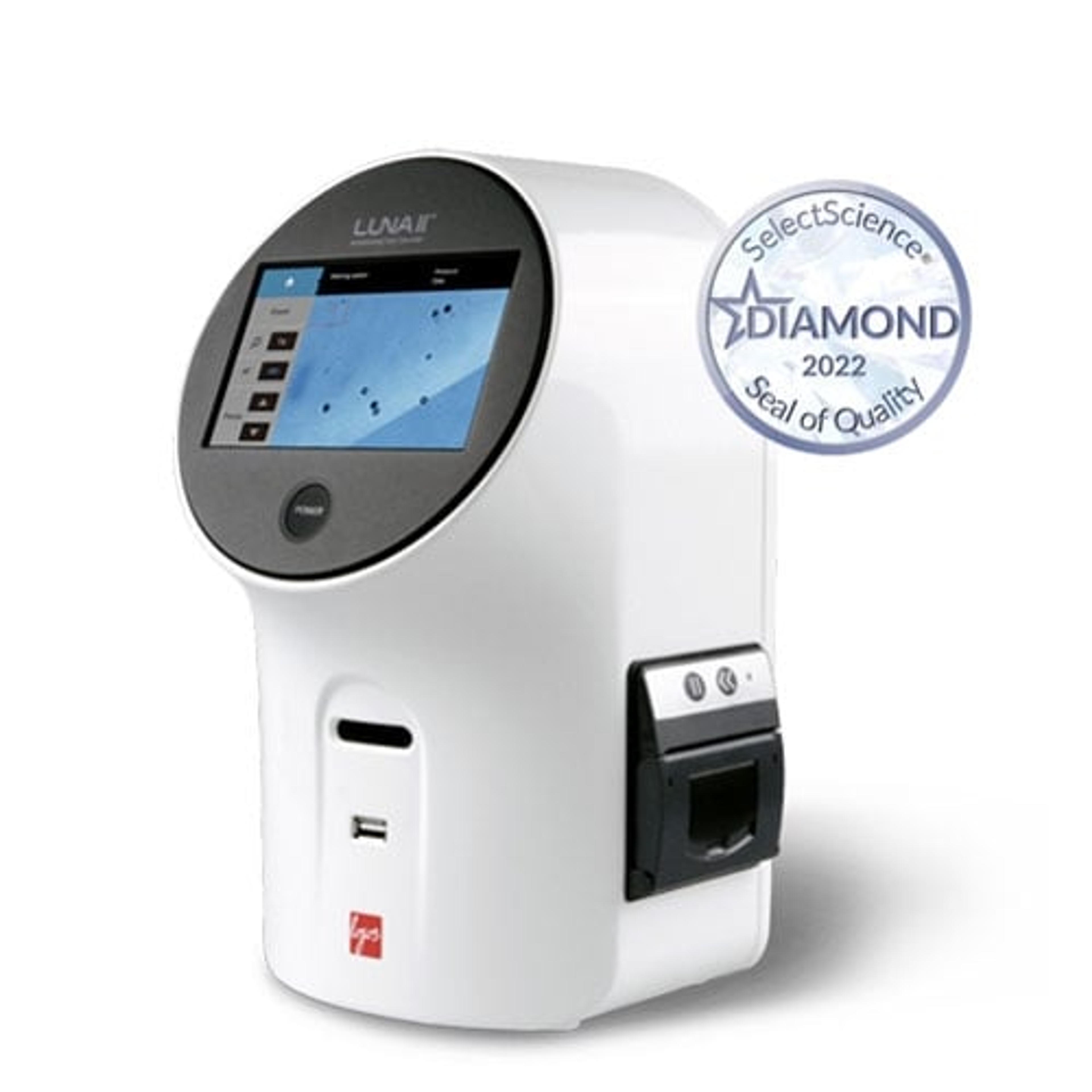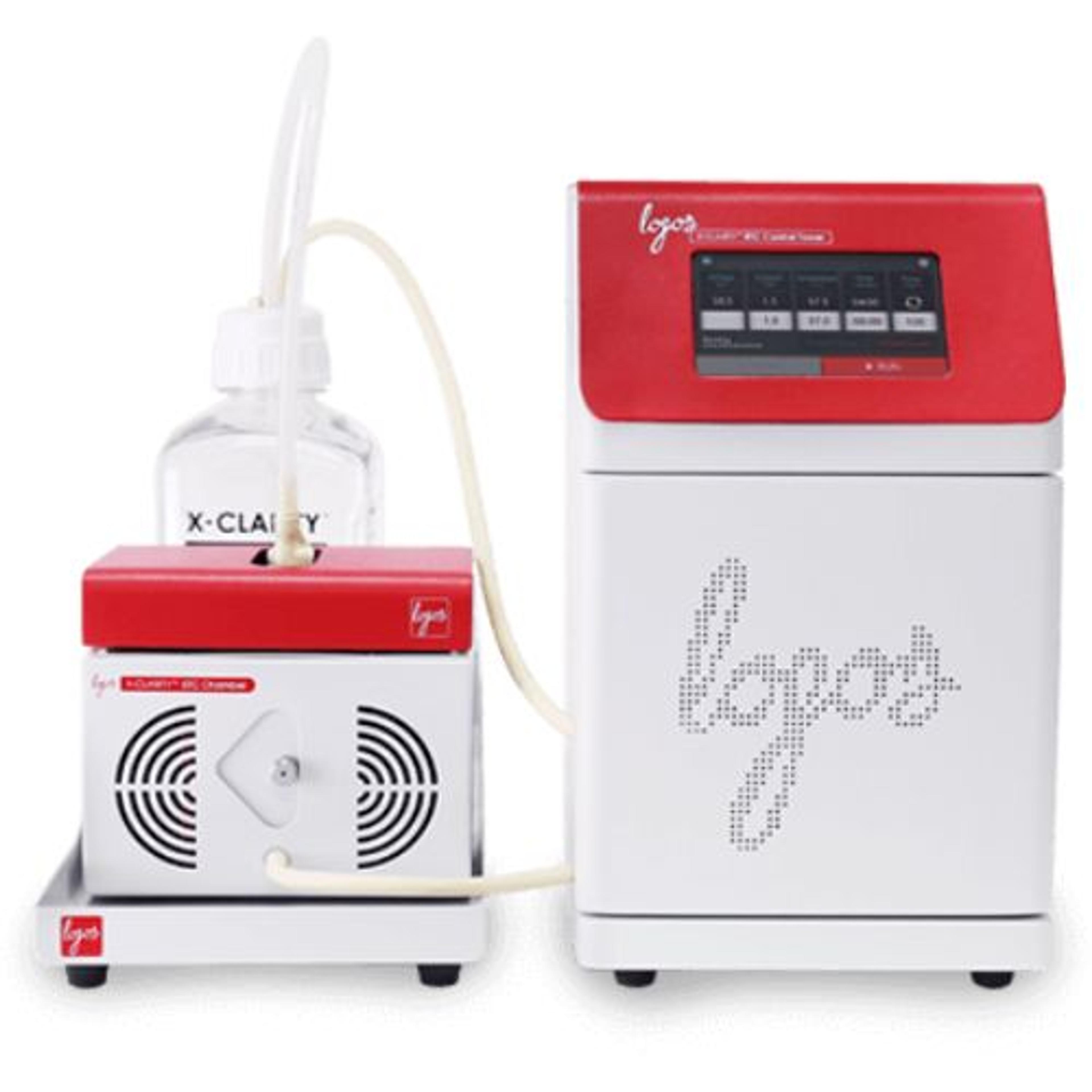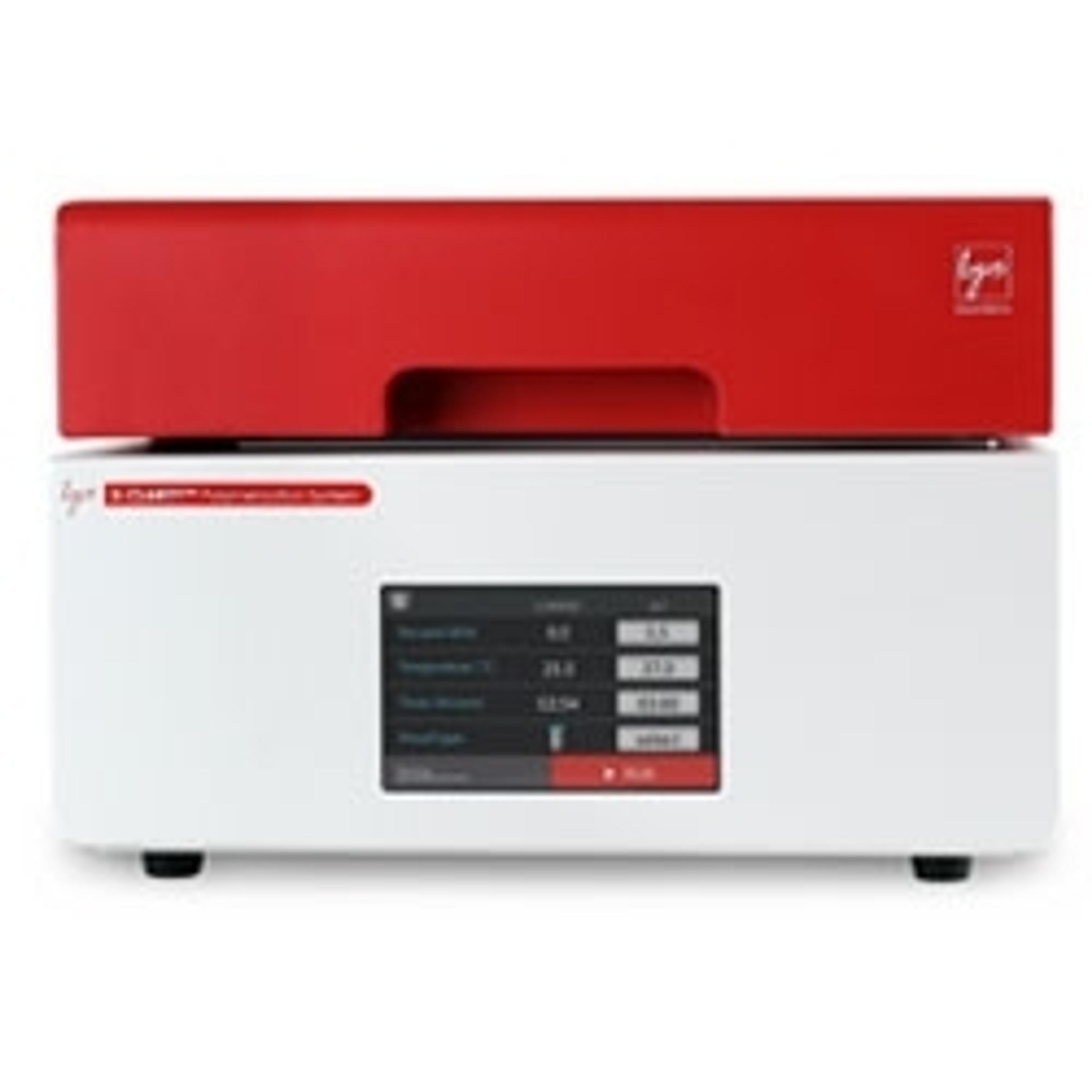CELENA® X High Content Imaging System
The CELENA ® X High Content Imaging System is an integrated imaging system designed for rapid, high content image acquisition and analysis.
Great to use, inexpensive - watch out big microscopy companies...
Cell Culture
The Celena-X is so easy to use, it has huge flexibility and it is oh so affordable making the 'big name brands' look like a rip off!
Review Date: 18 Jul 2021 | Logos Biosystems
Perfect combination of high content and high quality imaging.
High-throughput image acquisition with high quality pictures
The speed of image acquisition is outstanding and the images generated are of high quality. Together with the easy-to-use software, it is a great product.
Review Date: 20 Mar 2020 | Logos Biosystems
The CELENA® X High Content Imaging System is an integrated imaging system designed for rapid, high content image acquisition and analysis. Customizable imaging protocols, image-based and laser autofocusing modules, and a motorized XYZ-stage simplify well plate imaging and slide scanning. The integrated CELENA® X Cell Analyzer software processes images and data for quantitative analysis. Analysis pipelines can be created and used to identify cellular or subcellular objects, process images for optimal data collection, and make various measurements.
SIMPLE HIGH CONTENT IMAGING FOR QUANTITATIVE IMAGE-BASED ANALYSIS
FULLY AUTOMATED PLATE AND SLIDE IMAGING
- · Automated vessel handling and scanning
- · Motorized XYZ stage, filter cube stage, and objective turret
LASER AUTOFOCUS
- · Rapid and reproducible focusing
- · Minimized phototoxicity and photobleaching
LIVE CELL ASSAY SUPPORT
Onstage incubation system for a variety of experiments in physiological and non-physiological conditions
FOUR IMAGING MODES
Fluorescence imaging in four channels, brightfield, color brightfield, and phase contrast imaging
POWERFUL, EASY-TO-USE USER INTERFACE
- Simple setup of imaging protocols
- Seamless integration of imaging and data analysis processes
CUSTOMIZABLE HIGH CONTENT ANALYSIS
- Create and customize image analysis projects
- Quantitatively analyze multiple image-based phenotypes
CREATE YOUR OWN IMAGING AND ANALYSIS WORKFLOWS
CELENA® X Cell Analyzer can be used to set up automated image analysis sequences to batch process images captured on the CELENA® X. Using Cell Analyzer, users can create an image analysis pipeline, which is a sequence of modules that each perform a specific image processing task. This allows the quantitative analysis of multiple cellular features from images. Modules can be mixed, matched, and adjusted to measure phenotypes of interest quantitatively. Once a pipeline has been established, it can be used to analyze subsequent projects.
- Multicolor fluorescence and brightfield imaging
- Long-lasting LEDs and hard-coated optical filters ensure robust fluorescence imaging. Adjustable LEDs allow precise control over the gain and intensity of transmitted light.
- Onboard data analysis
- Analyze your images immediately upon capture. Save measurement data to a USB drive.
- Live cell monitoring
- Monitor live cells with the time lapse function or the growth monitor. Attach the onstage incubator to control the temperature, humidity, and CO₂/O₂ levels.
- Automated cell count and viability analysis
- Check cell counts and viability with the onboard cell counter
- Z-stack imaging
- Capture multiple images along the Z-axis with the Z-stack function.

